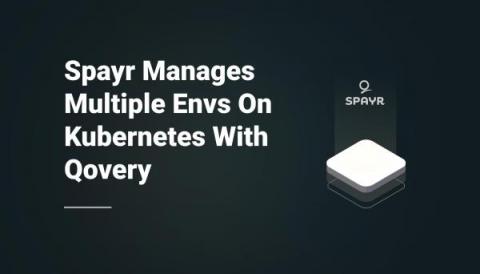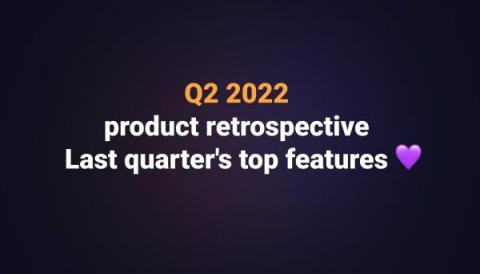A Hundred Organizations Trust Us: Why and How they Use Qovery
Since our start in 2019, we are proud to say that a hundred engineering teams from fast-growing organizations trust us to deploy their Production, Staging, and Development Environments on AWS in a few seconds. But why do they use Qovery, and how? That’s what you’re about to discover today!











